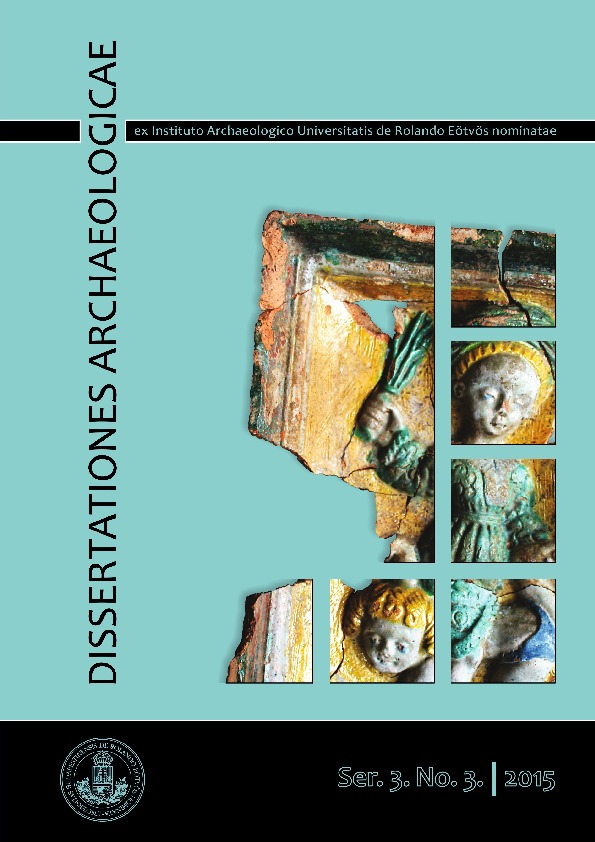Published 2016-02-16
How to Cite
Abstract
On the outskirts of Balatonfűzfő, an excavation was carried out by Sylvia K. Palágyi between 1991–1994 as a continuation of the excavation in 1966 that preceded the construction of the so-called Delta junction of roads no. 71–72. In 1992–1993, during the excavation of a Roman Age pottery workshop five graves of a late Tumulus – early Urnfield period (Br D2–Ha A1) cemetery came to light. Each cremation grave (with the cremated remains either scattered in the pit or put in an urn) was characterised by a certain burial rite. The richest grave (no. 6) was that of an adult male, buried with his weapons, among them a uniquely decorated knife with a grip terminating in a bird's head. Graves no. 2 and no. 4 contained female burials with jewellery, while grave no. 1 belonged to a child, and included jewellery as well as several ceramic vessels.

